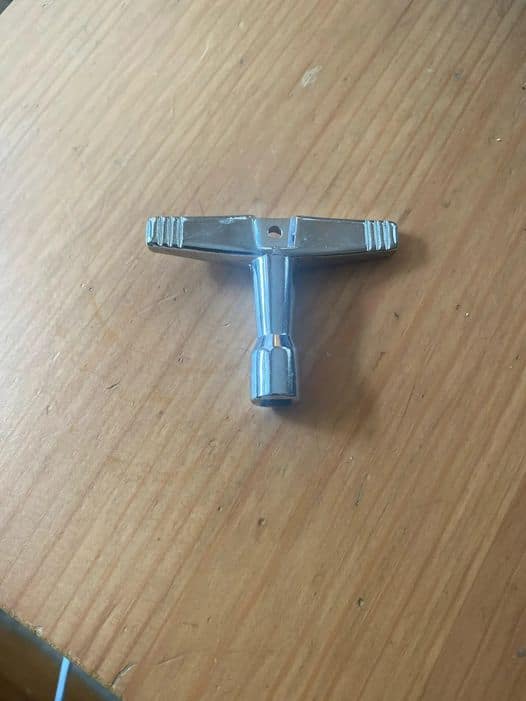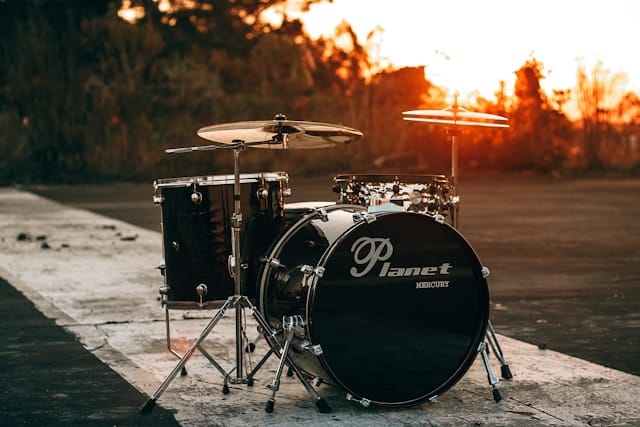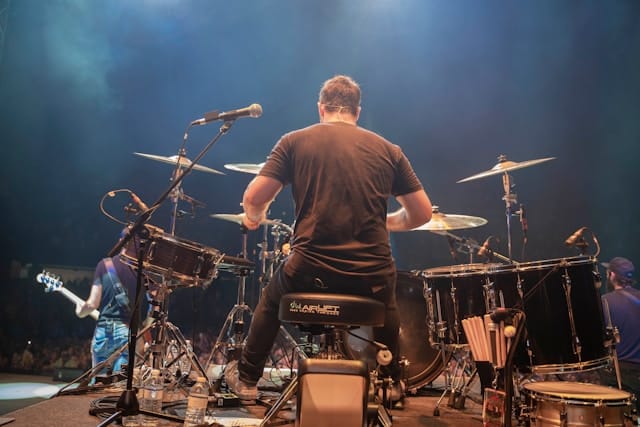The drum key, a seemingly simple yet essential tool, has played a pivotal role in the evolution of drumming. From ancient civilizations to contemporary music, this small, T-shaped device allows drummers to perfectly tune their instruments, ensuring optimal sound quality.
Origins of the drum key

Drumming held cultural and ceremonial importance in ancient civilizations such as Egypt and Mesopotamia. Early drummers used primitive tools to tune drumheads, setting the stage for the development of the drum key.
The 19th century saw advancements in metallurgy and machining, leading to the creation of the modern drum key. This compact, T-shaped tool with a hexagonal socket revolutionized drum tuning, allowing quick and precise adjustments to achieve optimal sound quality.
Its function and impact

Primarily, this tool adjusts tension rods to tune drumheads, altering pitch and tone through clockwise or counterclockwise rotations. It also aids in removing and replacing drumheads, providing drummers with precise control over their instrument’s sound.
It has significantly influenced various musical genres throughout history. From the powerful beats of marching bands to the intricate rhythms of jazz and rock, its precision is essential. Studio engineers also use drum keys to fine-tune recordings, enhancing overall sonic clarity.
The symbol of the drum key

The drum key symbolizes craftsmanship and precision, remaining indispensable for percussionists. Its simple design belies its profound impact on music, underscoring its lasting importance in shaping diverse musical traditions.
The drum key’s journey from ancient tools to a modern essential reflects its vital role in percussion. Whether in the hands of seasoned professionals or aspiring drummers, it unlocks the rhythmic potential of the drums, proving its enduring significance in the world of music.
Did you know what this tool was used for? Have you ever played the drum? Let us know in the comments.
